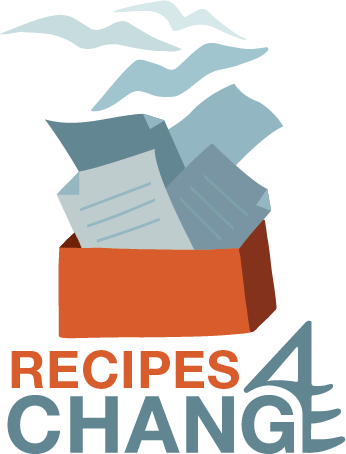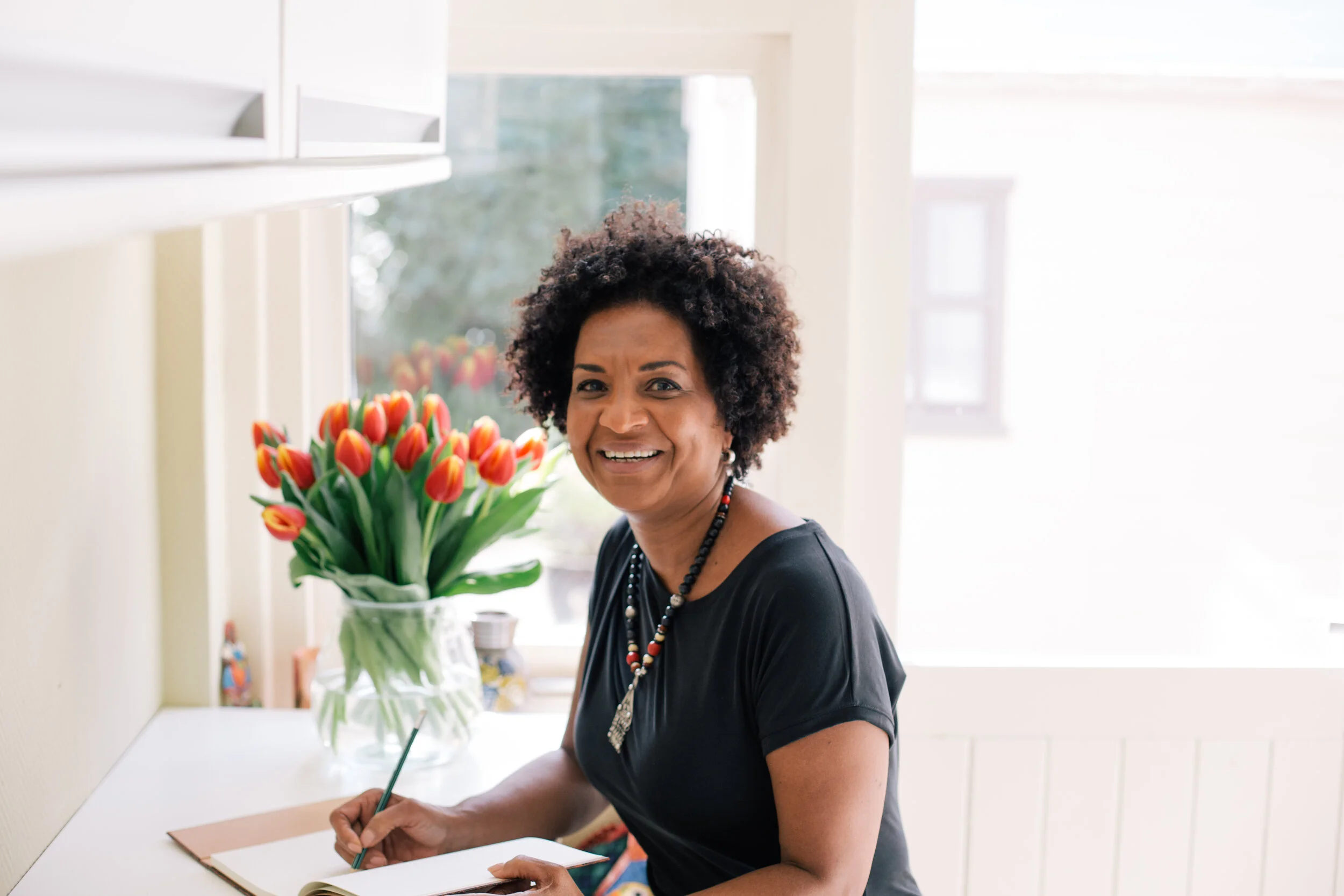What Does Your Favourite Food Say About You?
Shortly before the commencement of module two, during my exciting journey of learning Transactional Analysis, our trainer, Rosemary Napper, asked us to go back in time to when we were six or seven years old and recall what was our favourite food. We were then to bring enough of this favourite food to the training session that weekend to allow each member of our group to taste a small portion. We were not to talk or discuss this amongst ourselves beforehand and wait till the designated day and time when we will share this food together in a planned exercise.
Can a simple card game teach you something about your relationships?
During my second module, studying Transactional Analysis at TA Works with Rosemary Napper, I learnt about Strokes. This newly acquired knowledge gave me so much insight into the way we conduct our relationships with others and with ourselves.
My Story With Self-Esteem
“ No way” said the lady incredulously, “She can’t be your daughter!”
“Yes, she is,” insisted my stepmother, looking a bit uncomfortable.
“Then why is she abdeh and you are not?” retorted the lady smugly.
Abdeh is an Arabic word that literally means a slave. It is the word that ignorantly was and perhaps still is sometimes used to mean black.
What Influences Your Communication?
I first came face to face with Transactional Analysis about 6 years ago at a networking event where Jacqueline van Gent from TA denhaag, gave a short talk about the topic. I remember sitting amongst the audience listening to her talk about ego states and life script and something just clicked into place. What I heard her say made so much sense in my world, and it was there and then that I decided I wanted to learn more about TA.




















